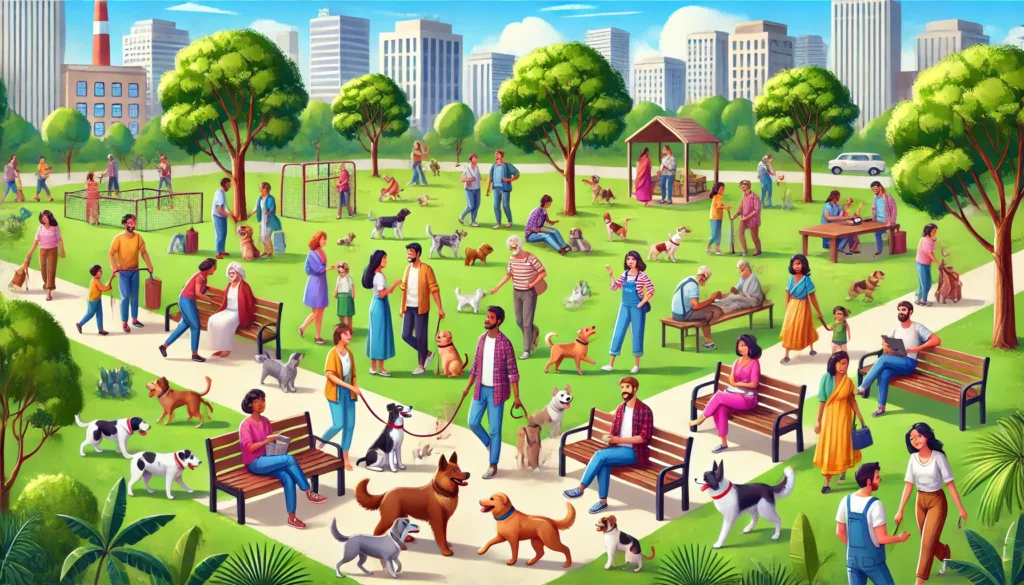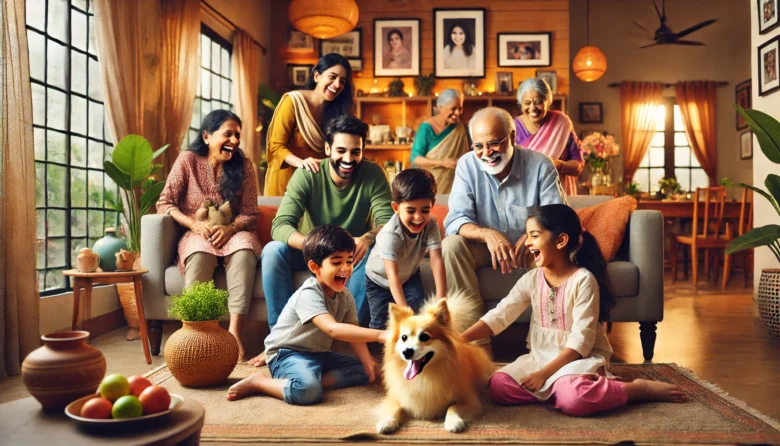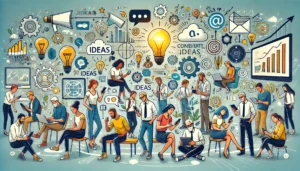When we consider pets, we often think about the joy and companionship they bring. However, their impact goes far beyond mere companionship. Pets’ social lives significantly influence human social structures, reshaping our interactions, communities, and even our mental well-being.
The Bond Between Humans and Pets
In India, pets are more than just animals—they are family members. The affection we share with our pets forms a unique bond that affects our daily lives and social dynamics. This connection is deeply rooted in the country’s history and culture, where animals have always held a special place, whether in rural households or urban apartments.
Pets, particularly dogs and cats, offer emotional support, reduce stress, and provide a sense of security. This emotional bond translates into various social benefits, including increased social interactions, community building, and enhanced mental health.

Pets and Community Building
One of the most significant ways pets influence human social structures is through community building. Pets often serve as social catalysts in neighborhoods, parks, and public spaces. Dog owners, for instance, frequently meet and interact with fellow pet owners during walks, creating a sense of community and shared interests.
These interactions can result in the creation of pet clubs, social groups, and even neighborhood watch programs. In urban settings, where people might feel isolated, pets provide an opportunity to connect with others, fostering a sense of belonging and mutual support.
Enhancing Mental Health
Pets play a crucial role in enhancing mental health, which, in turn, influences social structures. Having a pet can help reduce symptoms of anxiety, depression, and loneliness. A pet’s daily care routine offers a sense of purpose and structure, especially for those living alone.
In India, where mental health issues are frequently stigmatized, pets offer a source of comfort and companionship without judgment. This can encourage more open conversations about mental health within families and communities, gradually reducing the stigma and promoting mental well-being.
Pets in Indian Culture
The bond between humans and animals is deeply ingrained in Indian culture. From the reverence of cows to the depiction of animals in mythology and folklore, pets hold a special place in Indian society. This cultural backdrop enhances pets’ social acceptance and integration into daily life.
Pets are often seen as symbols of good fortune and prosperity. For example, many households celebrate festivals like Diwali with their pets, dressing them up and including them in family rituals. This cultural integration of pets strengthens family bonds and community ties as pets become part of the shared cultural experience.
Economic Impact of Pets
The economic impact of pets on human social structures is also noteworthy. The pet care industry in India has experienced substantial growth, with a rising number of pet shops, veterinary clinics, and grooming services. Companies such as Heads Up For Tails (a well-known pet products brand in India) have capitalized on this expanding market, providing various products and services to meet pet owners’ needs.
This economic activity creates jobs and fosters entrepreneurship and innovation within the pet care sector. The growth of this industry reflects changing social attitudes towards pets, which view them as integral members of the family deserving of quality care and products.
The Role of Technology
Technology has further amplified pets’ influence on human social structures. Platforms like Instagram and Facebook are packed with pet photos and videos, forming virtual communities of pet enthusiasts. Pet influencers, such as “Bruno the Beagle” or “Sassy the Cat,” have massive followings, turning their owners into social media celebrities.
Moreover, technology has made pet care more accessible. Apps for pet adoption, online vet consultations, and pet care advice have made it easier for people to own and care for pets. This digital shift has strengthened the human-pet bond and deeply integrated pets into our social fabric.
Challenges and Considerations
While pets significantly enhance our social lives, there are challenges and responsibilities associated with pet ownership. It is crucial to ensure proper care, nutrition, and medical attention for pets. It is also essential to consider the welfare of stray animals, a prevalent issue in many Indian cities.
Organizations like PETA India (People for the Ethical Treatment of Animals) and Blue Cross of India work tirelessly to address these issues, promoting responsible pet ownership and advocating for animal rights. Supporting such organizations and participating in community initiatives can further enhance the positive impact of pets on our social structures.
Conclusion
The social life of pets is intricately woven into the fabric of human social structures. In India, pets are more than companions—family members, community builders, and mental health boosters. As we continue to embrace pets, their influence on our social interactions, economic activities, and cultural practices will only grow stronger.
Understanding and nurturing this unique bond can create a more connected, compassionate, and cohesive society where humans and animals thrive.
Author’s Note
Thank you for reading! This blog has given valuable insights into the relationship between pets and human social structures. If you have any thoughts or experiences to share, please leave a comment below. Let’s continue the conversation about the incredible impact of pets on our lives.
G.C., Ecosociosphere contributor.
Further Reading
- The Role of Pets in Human Mental Health
- How Pets Help Build Communities




